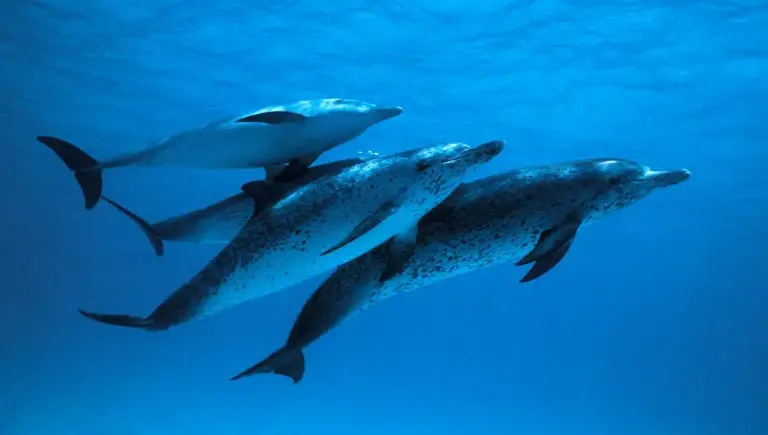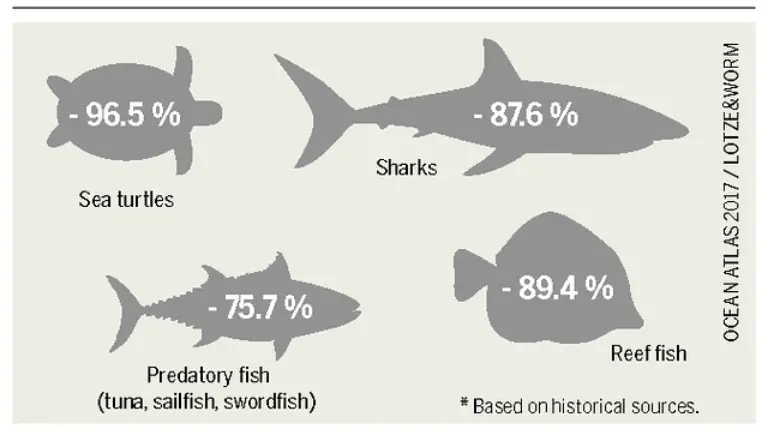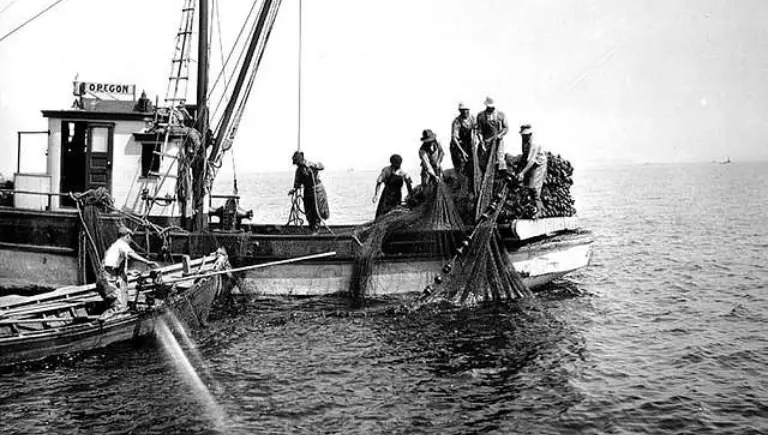The Ocean Is Getting Louder – A Wake-Up Call We Can’t Ignore
The ocean is becoming noisier—and that’s a big problem. Rising noise levels are often hidden but can hurt marine life and impact human activities. As humans, we often ignore the sounds beneath the waves. But what if this hidden noise is telling us something alarming about our world? Understanding this trend could help us protect both life underwater and our own industries.
The Rising Noise Levels in the Ocean: An Overview
The Science Behind Ocean Noise
Natural sounds in the ocean come from whales, fish, and storms. Human-made noise, however, originates from ships, boats, and drills. Sound travels much further underwater than in air, making even small noises travel miles away. Recent studies show that the volume of ocean noise is climbing fast over the past decades.
💡 Did You Know?
Sound travels over 4x faster in water than in air, making even a small noise carry across vast underwater distances.
Quantifying the Increase in Ocean Noise
Data shows a clear rise in underwater noise levels. Researchers from organizations like NOAA and the European Marine Agency report that noise has increased by hundreds of decibels in some regions. In busy shipping lanes, noise levels are now often three times louder than just 50 years ago. For example, the North Atlantic Ocean has seen a surge in noise due to increased shipping traffic and military exercises.
📌 Quick Fact
In some regions, underwater noise levels have increased by 15 decibels—that’s about 30x louder than in the 1950s!
Major Contributors to Ocean Noise Pollution
- Commercial shipping: Big cargo ships produce continuous, loud noise.
- Military sonar: Naval exercises use loud sonar signals that travel far.
- Oil and gas surveys: Seismic blasts for exploring resources are extremely loud.
- Recreational activities: Speedboats, jet skis, and underwater tours add to the noise.

Impact on Marine Life and Ecosystems
Disruption of Marine Animal Communication
Many marine species rely on sound to find food, mate, and navigate. Increased noise makes it hard for whales, dolphins, and other animals to communicate. This confusion can lead to diseases, failed breeding, or even animals leaving their homes. Species like the North Atlantic right whale and sperm whales are especially vulnerable.

Threats to Food Chains and Ecosystems
Underwater noise causes stress in marine animals, weakening their immune systems and reducing their chance to reproduce. Many animals are driven away from feeding grounds, disrupting food chains. This can lead to the death of entire species or ecosystems.
⚠️ Warning
If underwater noise continues rising, entire marine ecosystems—like coral reef communities—could collapse due to disrupted species behavior.
Case Studies Highlighting Ecological Consequences
- The decline of beaked whales near naval sonar testing zones links directly to loud exercises.
- Fish spawning grounds near busy shipping routes see fewer young fish, knocking off the balance in those ecosystems.

Human Industries and the Economy at Risk
Shipping, Fishing, and Marine Transportation
Rising noise affects ships, fishing boats, and tourism. Confused animals can bump into ships or become too scared to stay near traditional habitats. Accidents at sea increase because of poor visibility and communication issues caused by noise.

Underwater Sonar and Marine Surveillance
Naval operations use sonar to detect submarines and monitor waters. Yet, loud sonar can harm marine animals and mess up data collection. It makes it harder for scientists and navy teams to work efficiently.
Potential Economic Losses and Safety Concerns
- Fish populations decline when habitats are disturbed, hurting fishing and seafood industries.
- Tourists stay away from noisy beaches or dive sites where marine life suffers.
- The cost of fixing problems and developing quieter technology adds up quickly.
⚠️ Warning
The fishing industry risks billions in losses annually due to marine animal migrations and declining fish stocks caused by noise.
Addressing Ocean Noise Pollution: Solutions and Future Outlook
Current Regulations and International Efforts
Many countries have rules to limit noise pollution. International groups like the International Maritime Organization (IMO) set guidelines for quieter ships. NOAA runs programs to track noise and protect sensitive areas. While these steps help, enforcement can be tricky, and more needs to be done.
Technological Innovations and Mitigation Strategies
- Quieter ships are under development, with better propellers and engines.
- During construction or drilling, bubble curtains dampen noise.
- Ships can slow down during key whale migrations, reducing their impact.

Actionable Tips for Stakeholders
- Policy makers: Strengthen rules and cooperate globally.
- Researchers: Expand noise monitoring and impact studies.
- Everyone else: Support eco-friendly practices and ocean conservation.
Conclusion
Rising ocean noise is more than just background hum—it’s a warning sign. It threatens marine life, ecosystems, and our economy. Fixing this problem requires teamwork. Regulations, better technology, and awareness can help. We all have a role in protecting our oceans. By acting now, we can keep the silent depths healthy for generations to come.







